News 3/25/16
Top News
Allscripts and private equity firm GI Partners form a joint venture to acquire human services and post-acute care EHR vendor Netsmart, which will be combined with the homecare software business of Allscripts. Allscripts also contributed $70 million to the joint venture, which will pay $950 million for Netsmart. The company’s name and management team will remain in place. Allscripts says the JV will have an annualized revenue of $250 million and operating income of $60 million.
Netsmart has gone through several name changes, ownership changes, and acquisitions in its 20-year direct history and earlier connections going back to 1968. It went public in 1996, sold itself to private equity buyers for $115 million in 2006, and then was then sold for an unspecified price in 2010 to another private equity firm, Genstar Capital, which is rumored to be making 4.4 times its investment in the newly announced sale.
Reader Comments

From PM_From_Haities: “Re: Allscripts paying $70 million for a joint venture. It’s hard to imagine Allscripts giving up assets with out corresponding liabilities (debt). I’m looking forward to their audited financial results since they might require certain items to be disclosed, such as whether one customer represents more than 10 percent of revenue. The other item of interest with audited results is mark-to-market accounting of the Allscripts investment in NantHealth, which delayed its IPO due to unfavorable market conditions. Allscripts’ debt covenants contain asset-to-liability requirements and an unanticipated decline in asset value could seriously impact their delicate financial picture. The bright side of this JV is that Allscripts may be allowing a product that would languish with its other zombie EHRs to blossom into something good for home health.” Unverified. MDRX shares didn’t react much following the announcement, meandering down a bit Wednesday and then down a bit more Thursday.

From Green about the Gills: “Re: Greenway. Starting a layoff cycle this week. Right-sizing post the Vitera purchase and the EHR land grab of the MU era.” Unverified. However, I do see the company has “rebranded” itself.
From The PACS Designer: “The ICD-10-CM Clinical Modifications has a code J62 for silica related disease, and under this classification falls the longest word in the English dictionary. Silicosis is a form of occupational lung disease and within this category is the 45 letter word ‘Pneumonoultramicroscopicsilicovolcanoconiosis.’”
HIStalk Announcements and Requests

Mrs. Pryor from Oklahoma says her kindergartners love the programmable robots we provided in funding her DonorsChoose grant request, adding that they are a “huge motivator” that she has integrated into her reading and math curriculum.

Also checking in is Mr. Jewell of Arkansas, who says his sixth graders have gotten a lot more excited about engineering after working with the Lego Mindstorm kits we provided. He has conducted two enrichment classes that involved building and programming the robots and now there’s a waitlist for the next class.
This week on HIStalk Practice: Signallamp Health adds CCM jobs in Scranton. Mend wins big at SXSW. PCAST advocates for the advancement of telemedicine. Wearables earn dubious accolades for their inconsistencies. Telerehabilitation startup RespondWell celebrates a $2 million funding round. Night Nurse COO Stuart Pologe offers tips on balancing HIPAA compliance with efficiency across EHRs and paper records. GAO brings Healthcare.gov cyberattacks to light on the ACA’s sixth anniversary. OneCare Vermont selects care management software from Care Navigator. The US Oncology Network’s David Fryefield, MD lays out the strategy behind empowering value-based technologies.
Webinars
April 1 (Friday) 1:00 ET. “rise of the small-first-letter vendors … and the race to integrate HIS & MD systems.” Sponsored by HIStalk. Presenters: Frank L. Poggio, president and CEO, The Kelzon Group; Vince Ciotti, principal, HIS Professionals. Vince and Frank are back with their brutally honest (and often humorous) opinions about the rise of the small-first-letter vendors. Athenahealth and eClinicalWorks are following a growing trend toward real integration between hospital and physician systems, but this is not a new phenomenon. What have we learned from these same efforts over the last 30 years? What are the implications for hospital and ambulatory clients? What can clients expect based on past experience?
Contact Lorre for webinar services or for one final chance at her post-HIMSS discounts. Past webinars are on our HIStalk webinars YouTube channel.
Sales
Statewide ACO OneCare Vermont chooses Care Navigator’s care management software.
Thomas Health System (WV) will implement Meditech 6.1, replacing Cerner/Siemens Soarian and Meditech Magic.

Palomar Health (CA) chooses Ascend Software for accounts payable electronic imaging automation.
People
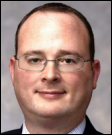
Lane Regional Medical Center (LA) hires Paul Murphy (Geocent) as CIO.
Announcements and Implementations
DrFirst publishes “The Evolving EPCS Landscape 2016: A Prescription for Stopping Opioid Abuse,” which finds that most pharmacies can accept electronic prescriptions for controlled substances while only 5.8 percent of prescribers are similarly EPCS-capable.
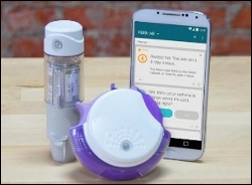
Boehringer Ingelheim Pharmaceuticals will offer users of its asthma inhalers the chance to sign up for health system studies to determine the effectiveness of Propeller’s usage tracking inhaler sensors.
Privacy and Security
Rep. Ted Lieu (D-CA) may propose a modification to the HITECH act that would require healthcare organizations to notify patients if they’re hit by ransomware.
The New York Times, explaining how it “decoded the NFL database” to debunk the National Football League’s concussion studies, admits that it was able to re-identify many of the 887 players that were listed only by an NFL-assigned code by reviewing the concussion date, whether the game was home or away, and whether it was being played on natural or artificial grass. The paper seems pretty pleased with itself for working around the method used to protect the privacy of the players.
Walmart confirms that a programming error caused the prescription records of 5,000 of its online pharmacy customers to be displayed to the wrong user.
Do this now to help prevent having your PC infected with the Locky ransomware: allow only digitally signed macros to run. Instructions are here.
The Ohio Supreme Court rules that patients are entitled to receive all information stored about them by providers, not just those data elements the provider intentionally filed in the medical record. A hospital that was involved in a wrongful death lawsuit unsuccessfully argued that it was not required to release the deceased patient’s EKG strips because they had been stored by its risk management department.
Technology
Google registers two healthcare-related images that may or may not have something to do with new medical apps.
Other

NYC Health + Hospitals President and CEO Ram Raju, MD says the organization’s April 1 Epic go-live date is flexible and he won’t be fired for missing the date if the system isn’t ready. He says former Elmhurst CMIO Charles Perry, MD, MBA, who resigned in comparing the upcoming go-live with the Challenger disaster, took a parting shot as a “disgruntled” employee. Raju says previous CIO Bert Robles left shortly after the Epic project started because, “I didn’t want someone learning on the job,” leading him hire Ed Marx, who was recommended by Epic CEO Judy Faulkner. NY Health + Hospitals, which is projecting a $2 billion deficit, is rumored to be spending $1.4 billion on the Epic project.

Lancaster General Health (PA) investigates a 12-hour EHR outage of unspecified origin.
Sponsor Updates
- Medicity CEO Nancy Ham writes for the HFMA blog on “Determining the ROI of Clinical Care Technology.”
- A record number of providers, payers, and partners gathered at the InstaMed 2016 User Conference.
- Live Process will exhibit at the AONE Annual Conference March 30-April 2 in Fort Worth, TX.
- Navicure will exhibit at the Office Practicum User Conference March 31-April 2 in Atlantic City, NJ.
- Obix Perinatal Data System will exhibit at the Sanford Health Perinatal, Neonatal, and Women’s Health Conference March 31 in Sioux Falls, SD.
- The Irish Times profiles Oneview Healthcare founder Mark McCloskey.
Blog Posts
- 3 Benefits of Patient Centered Messaging (TelmedIQ)
- Healthy Privacy and Security Practices for Telemedicine (ID Experts)
- Local SEO & Listings Management are Essential in Healthcare Marketing (Influence Health)
- BMT Tandem Meetings 2016 Wrap-Up: Hot Topics & Cold Giveaways (Liaison Technologies)
Contacts
Mr. H, Lorre, Jennifer, Dr. Jayne, Lt. Dan.
More news: HIStalk Practice, HIStalk Connect.
Get HIStalk updates.
Send news or rumors.
Contact us.



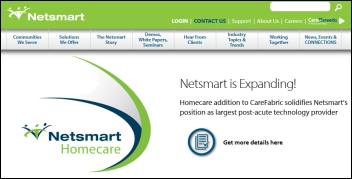
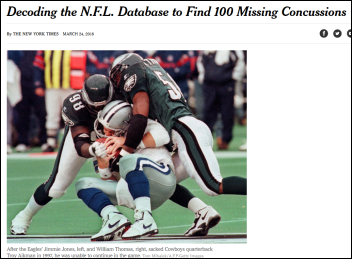



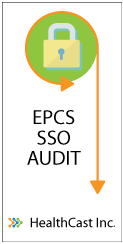


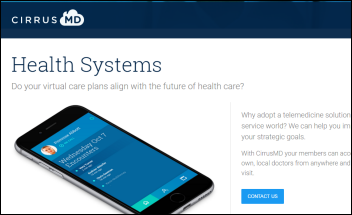
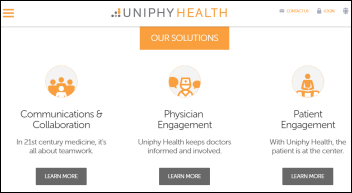
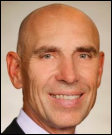

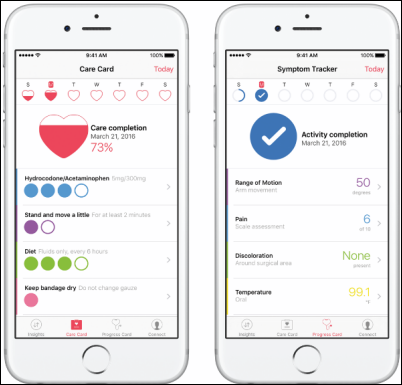
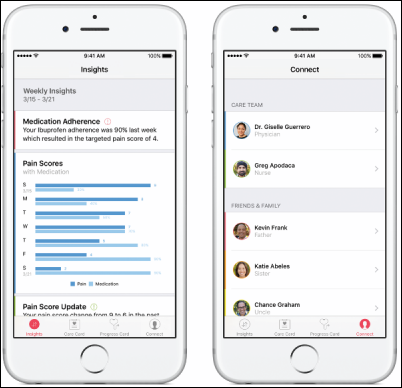

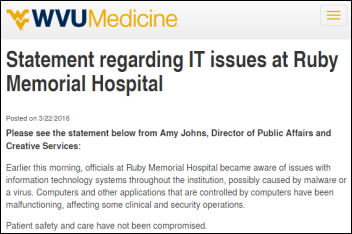
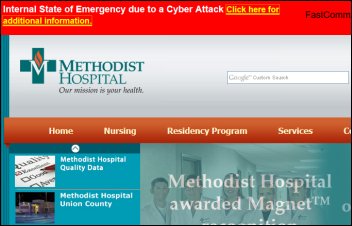








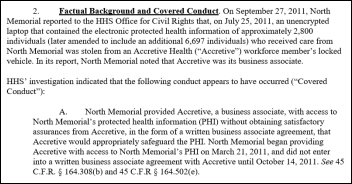

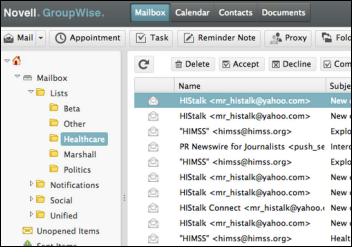
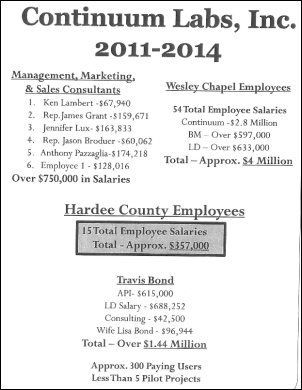











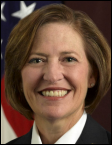



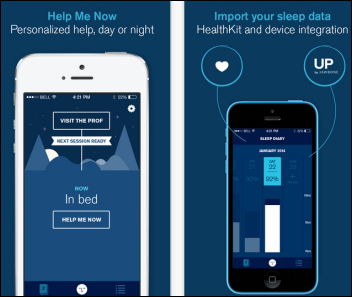

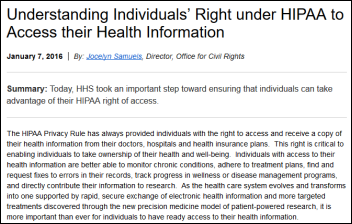
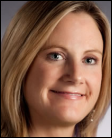

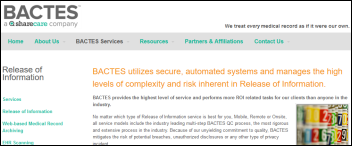
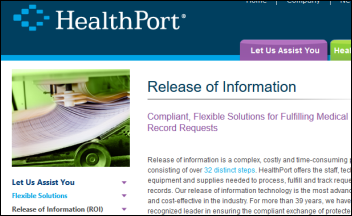



















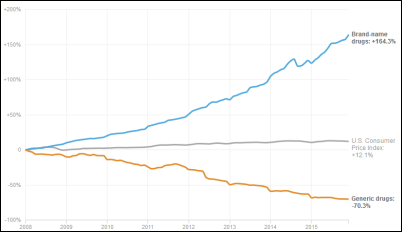
























































































































































Merry Christmas and a Happy New Year to the HIStalk crowd. I wish you the joys of the season!